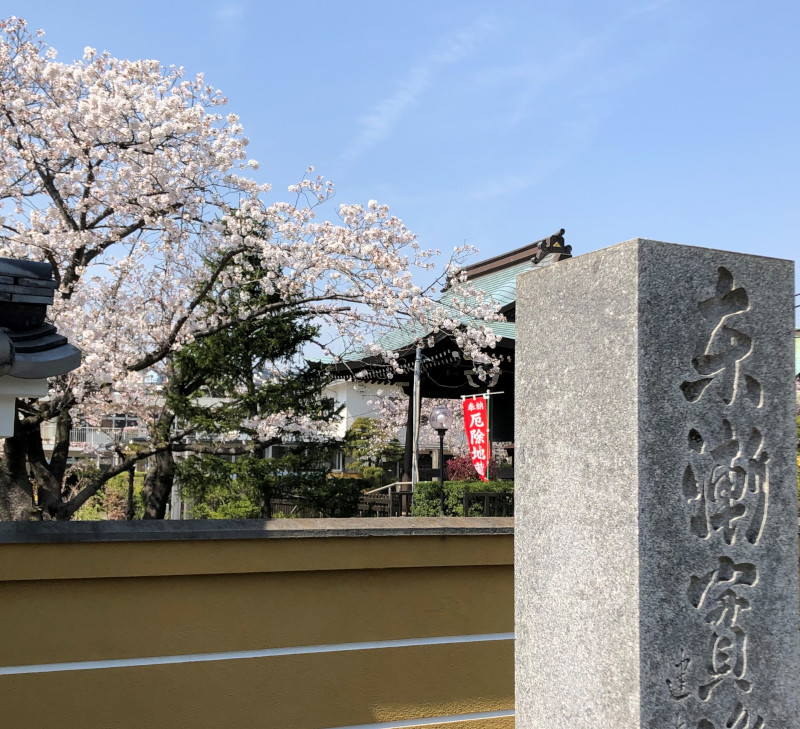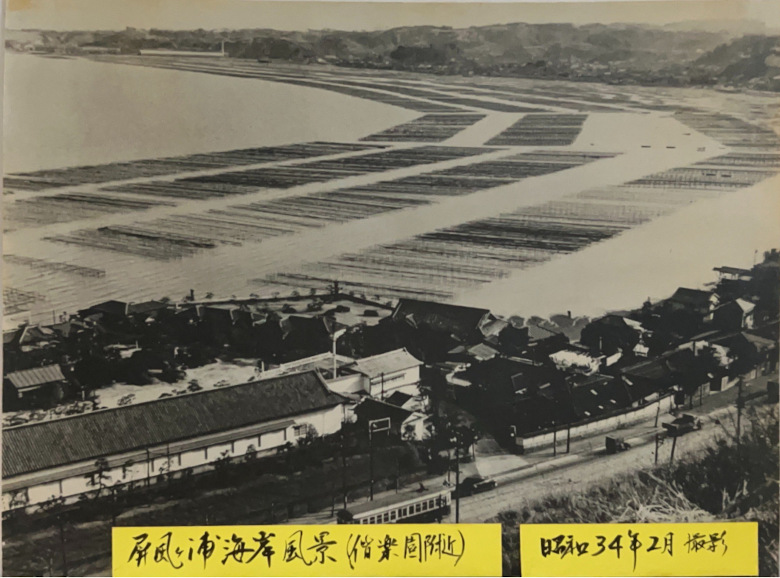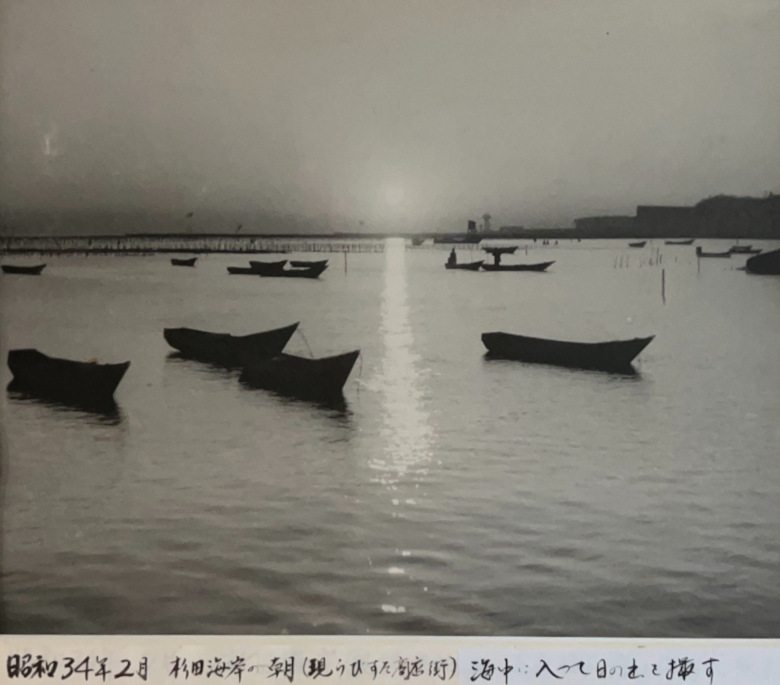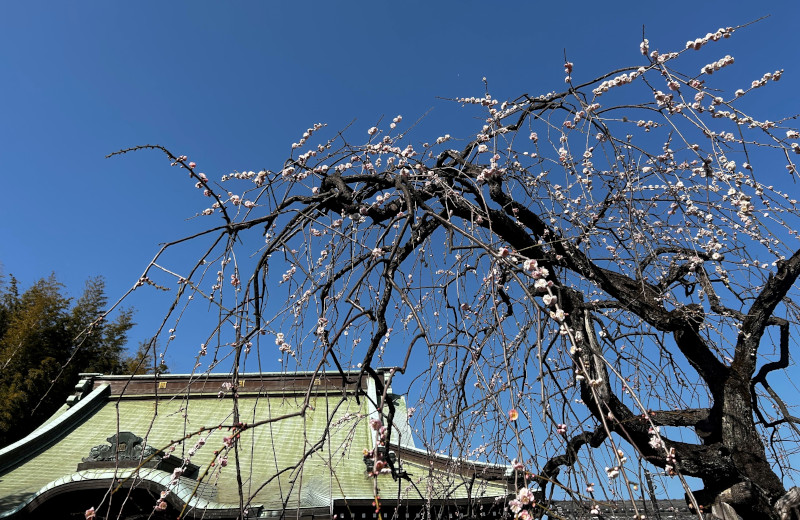Exploring Sugita
How about walking around Sugita with Japanese sweets from Kashi-Ichi?
Some of our sweets are created in connection with the history of the area. Here we introduce sweets related to Sugita’s history and famous places.
Tozenji temple【Einin no Kane】

Tozenji Temple near our store is one of the prestigious “Five Temples of Kenchoji temple Series in Kamakura” and is a famous temple with a long history, founded in 1301. The temple bell, designated as a National Important Cultural Property, is called “Einin no Kane (Einin Bell)” and was made by the master craftsman Monobe Kunimitsu in 1298 (the 6th year of Einin).
The confectionery we create in connection with this historic bell is Sugita’s famous confectionery, “Einin no Kane (永仁の鐘)”.
Byobu-ga-Ura Beach【Isokaze】


The Shin-Sugita side of the present Route 16 used to be a beach.
The mountains of Boso Peninsula could be seen from the shade of the pine trees, and white sails ran in the distance, making it a truly scenic place.
Our famous confectionary “Isokaze (磯かぜ)” is made in memory of the olden days and has the flavor of the seashore by incorporating Aonori (green laver).
Myohoji temple/ Sugita Ume (flowering plum) grove 【Ume-sayaka】【Sugita Manju】【Sugita Ume Yokan】

Since the late Edo period (17th-19th century), the Sugita Plum Grove was home to 36,000 plum trees, the fragrance of which is said to have reached as far as Edo Bay (Tokyo bay), and many writers and artists have visited Sugita. Although the trees have been cut down due to postwar development, traces of the trees can still be seen in the precincts of Myohoji Temple and in the name of the Bairin (which means plum grove) Elementary School.
“Ume Sayaka” was created as a sweet to remember this gorgeous Sugita Plum Grove. It also became the origin of “Sugita Manju” and “Sugita Ume Yokan”.
